Since spring break, students in Grade 2 have been learning through the lens of the unit “Sharing the Planet”. This unit is an inquiry into the rights and responsibilities associated with the struggle to share finite resources with other people and living things.
We have been learning about how human behaviour impacts organisms that grow and change in cycles by exploring metamorphic and non-metamorphic life cycles. We visited the Lynn Canyon Ecology Centre to explore examples of different animals that live in our local environment and explore their habitats in person. We also observed salmon grow from eggs to fry in a tank in our school. When the salmon were ready, we walked to a local creek to release them back into the wild. This was an important part of our inquiry into life cycles and habitats.

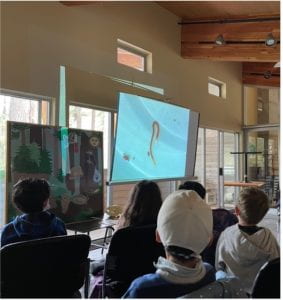
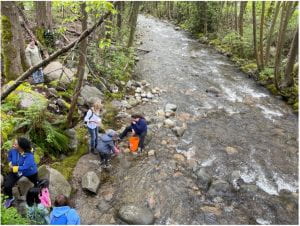
We have also been exploring human impacts on the environment by discussing negative and positive impacts we can have in our daily lives. We did a lesson about how water pollution is a result of many common daily activities and actions. This lesson included a hands-on demonstration of how difficult it can be to clean water after it has been polluted, and how we can take action to reduce water pollution.
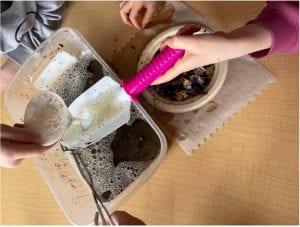
This idea is also connected to our discussions about action and initiative. Students learned about how they can make a difference for the environment in their own lives. During this unit, we participated in the Earth Day Assembly, where we sang a song called “I Am the Future”. We also participated in a Shoreline Cleanup at waterfront park on Earth Day, where we went to collect litter. Students learned about the 3Rs, “reduce, reuse and recycle”, and talked about how we can reduce the waste we create in our own lives and reuse things as much as possible before disposing of them.

For a final project in this unit, students constructed dioramas to demonstrate their understanding of life cycles, habitats, and human impacts on the environment. They researched a wild animal of their choice, constructed their animals out of plasticine, and built habitats for their animals based on their research. In each habitat, students included at least one aspect of the animal’s habitat that could be negatively impacted by humans.This unit has provided so many diverse learning opportunities, and we are excited to transition to our final unit of inquiry for the year, Where We Are in Place and Time.
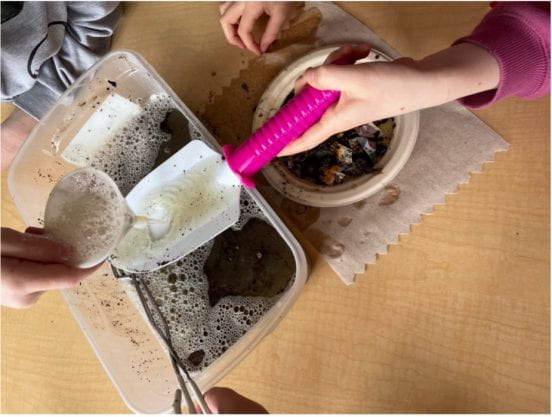
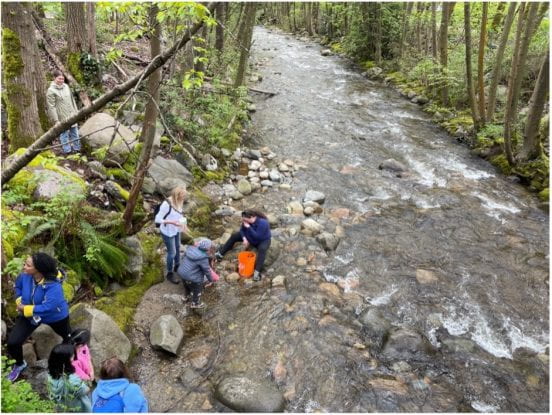
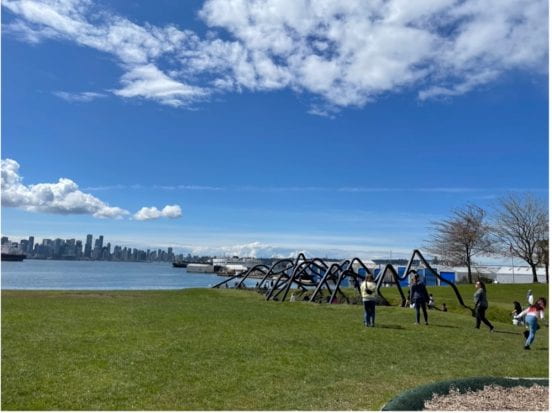
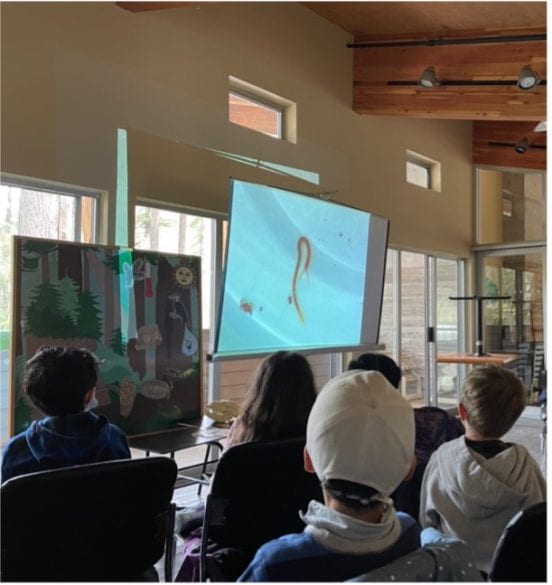
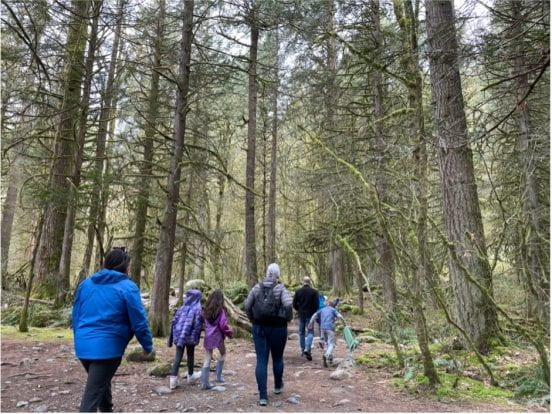
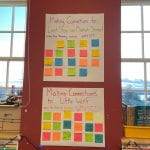
Comments by clairegimple